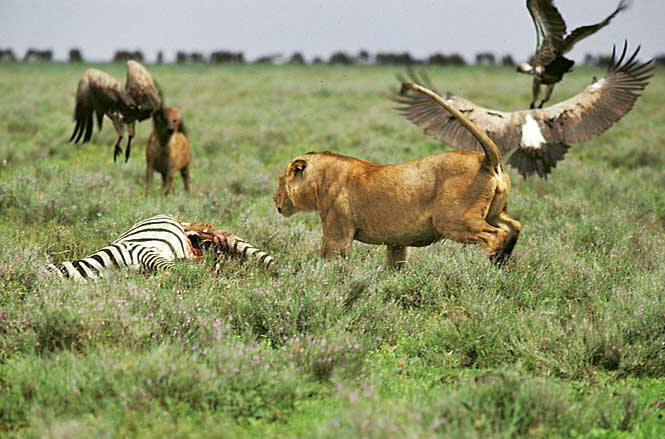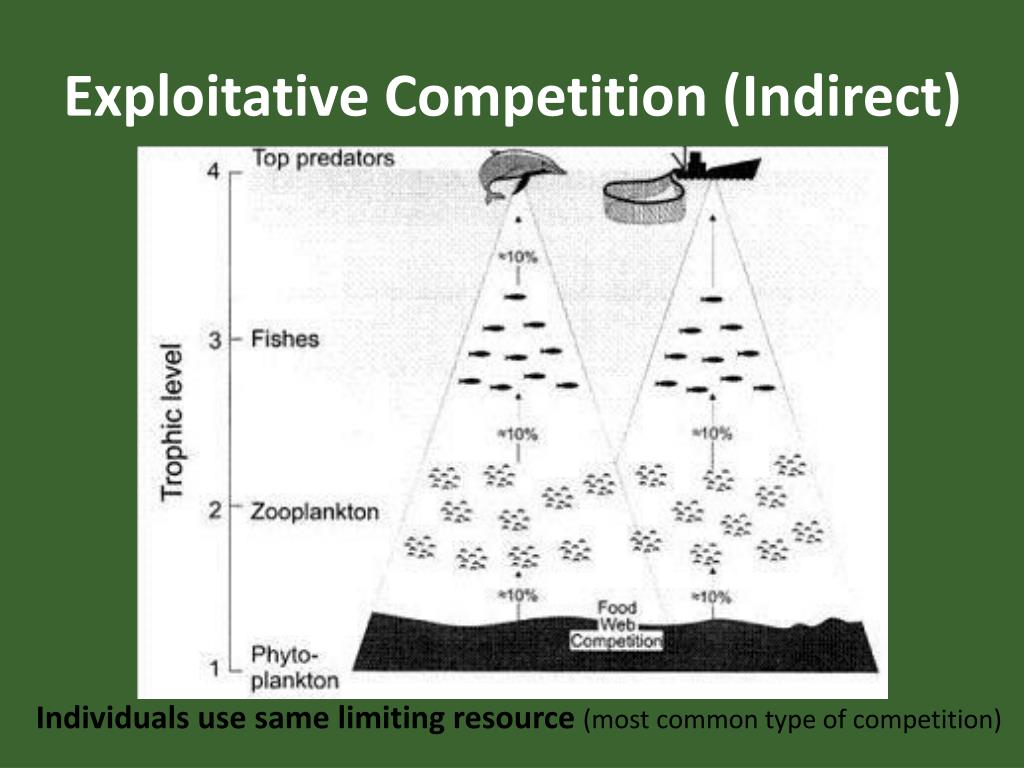Introduction
Competition interaction is a type of biological interaction where two or more organisms or species struggle to gain access to the same limited resource, such as food, water, shelter, light, space, or mates.
In nature, all living organisms interact with one another in many different ways. One of the most common and crucial types of interaction is competition. Just like humans compete for jobs, food, or resources, plants and animals also compete for survival. Competition plays a big role in shaping the structure of ecosystems, controlling population size, and driving evolution.
This content will give you a detailed understanding of what competition is, the different types of competition, and real-life examples to help you relate better.
Table of Contents
What is Competition Interaction?
Definition:
Competition interaction is a type of biological interaction where two or more organisms or species struggle to gain access to the same limited resource, such as food, water, shelter, light, space, or mates.

Competition interaction happens when the demand for a resource exceeds the supply. It can occur between individuals of the same species or between different species. This interaction is often harmful to all the organisms involved because each competitor gets less of the resource than they would if there were no competition.
Key Features:
- Occurs due to limited resources
- Can be intraspecific (within the same species) or interspecific (between different species)
- Affects growth, reproduction, and survival
- Plays a major role in natural selection and evolution
Types of Competition Interaction
1. Intraspecific Competition
Definition:

Intraspecific competition occurs when individuals of the same species compete for the same resources in an ecosystem.
Example:
- Two lions fighting for territory or food.
- Seedlings of the same plant species growing close to each other compete for sunlight, water, and nutrients.
Consequences:
- Can lead to reduced growth and reproduction.
- Drives natural selection by favoring the fittest individuals.
- May lead to population regulation.
2. Interspecific Competition

Definition:
Interspecific competition happens when individuals of different species compete for the same resource.
Example:
- A lion and a hyena competing for the same prey.
- Trees of different species in a dense forest competing for sunlight and water.
Consequences:
- May lead to the exclusion of one species (competitive exclusion principle).
- Can result in niche differentiation where species adapt to use different resources.
3. Exploitative Competition (Resource Competition)

Definition:
This occurs when organisms indirectly compete by consuming shared resources, reducing the availability for others.
Example:
- Two deer eating grass from the same field.
- Algae and aquatic plants absorbing nutrients from water.
Key Points:
- No direct interaction.
- Based on who uses the resource faster or more efficiently.
4. Interference Competition
Definition:
This is direct competition where one organism actively prevents another from accessing a resource.
Example:
- Male birds defending their territory and chasing away intruders.
- Ants physically blocking other insects from reaching food sources.
Key Points:
- Involves aggression, physical harm, or behavior.
- Often seen in territorial animals.
5. Apparent Competition
Definition:
Apparent competition occurs when two species are negatively affected due to sharing the same predator or disease, even if they do not compete for the same resource.
Example:
Two types of rabbits living in the same area. An increase in one type leads to more predators, which also hunt the other type.
Unique Feature:
Looks like competition, but the negative effect is due to a third party, such as predators or pathogens.
6. Scramble vs Contest Competition
Scramble Competition:
- All individuals try to get as much resource as possible.
- No one gets enough, and everyone suffers.
- Example: Insect larvae eating all available food until none is left.
Contest Competition:
- Some individuals are successful and get enough resource, while others fail.
- Leads to winners and losers.
- Example: Male deer fighting for mates; only the stronger male mates.
Ecological Outcomes of Competition Interaction
1. Competitive Exclusion Principle
This principle states that no two species can occupy the exact same niche in the same environment for a long time. One species will eventually outcompete the other.
Example:
Paramecium aurelia and Paramecium caudatum grown together in a lab. Aurelia outcompeted caudatum, which eventually died off.
2. Resource Partitioning
To avoid competition, species often evolve to use different parts of a resource.
Example:
Different species of birds feed on different parts of a tree (some eat fruits, some insects).
3. Character Displacement
Species that compete evolve distinct traits to reduce overlap in resource use.
Example:
Two species of finches on the Galápagos Islands have different beak shapes adapted to different seeds.
Competition Interaction in Different Ecosystems
Terrestrial Ecosystems
- Animals compete for food, mates, and territory.
- Plants compete for sunlight, water, and soil nutrients.
Aquatic Ecosystems
- Fish compete for food and breeding space.
- Algae and aquatic plants compete for sunlight and nutrients.
Microbial Ecosystems
- Bacteria and fungi compete for organic matter.
- Antibiotic-producing microbes suppress competitors.
Importance of Competition in Nature
- Controls Population: Prevents overpopulation by limiting access to resources.
- Drives Evolution: Promotes survival of the fittest and adaptation.
- Encourages Biodiversity: Leads to niche specialization and coexistence.
- Regulates Ecosystems: Maintains balance in the ecosystem.
Human Influence on Competition Interaction
Humans impact natural competition in many ways:
- Habitat destruction forces more species into smaller spaces, increasing competition.
- Introduction of invasive species creates new competitors for native species.
- Overfishing and hunting remove predators, altering competitive balance.
Examples of Competition Interaction in Real Life
Example 1: Lions vs Hyenas
Both are top predators in Africa and compete for the same prey. Their rivalry includes both exploitative and interference competition.
Example 2: Plants in Dense Forest
In a thick forest, tall trees compete for sunlight while smaller shrubs compete for nutrients and water in the soil.
Example 3: Invasive Species – Zebra Mussels
Zebra mussels, introduced to North American waters, compete with native species for food and space, often leading to decline in native populations.
Example 4: Students Competing for Scholarships
Although not ecological, it illustrates intraspecific competition among humans where only a few can get the reward.
Ways Organisms Adapt to Competition
- Behavioral changes – Animals may hunt at night to avoid daytime competitors.
- Physical adaptations – Plants may grow taller or deeper roots.
- Reproductive changes – Some species breed at different times to avoid overlap.
Conclusion
Competition is one of the most important interactions in biology. It can be between individuals of the same or different species and can take many forms—from fighting over food to competing silently by growing faster. While it may seem harmful at first, competition actually helps keep ecosystems balanced and encourages organisms to adapt, evolve, and survive. By understanding competition, we gain deeper insight into how nature works and how we, as humans, can help protect the delicate web of life.
FREQUENTLY ASKED QUESTIONS
What is the main cause of competition in nature?
The main cause is the limited availability of resources such as food, water, shelter, and mates.
How does competition affect evolution?
It promotes natural selection by favoring individuals with traits that help them outcompete others, leading to adaptation and evolution.
What happens when one species always wins in competition?
The losing species may go extinct, migrate, or adapt to use a different resource (competitive exclusion principle).
Related Articles




